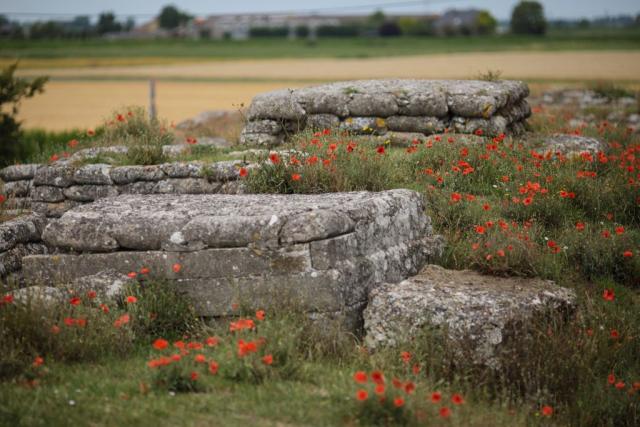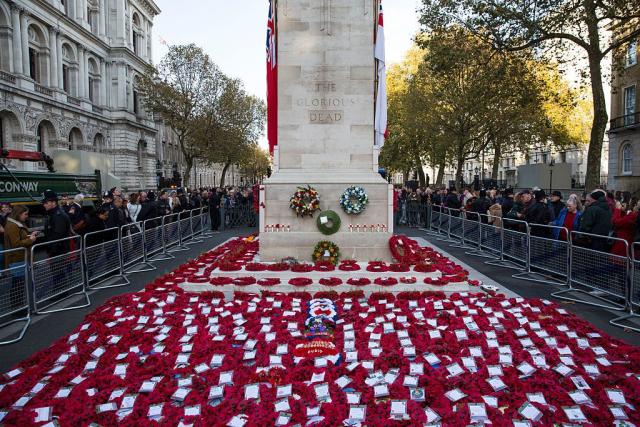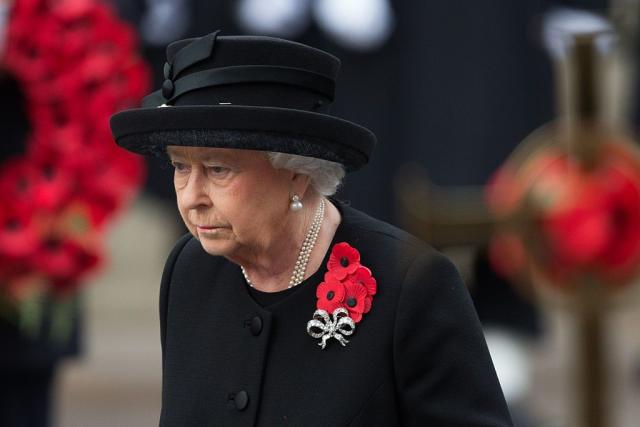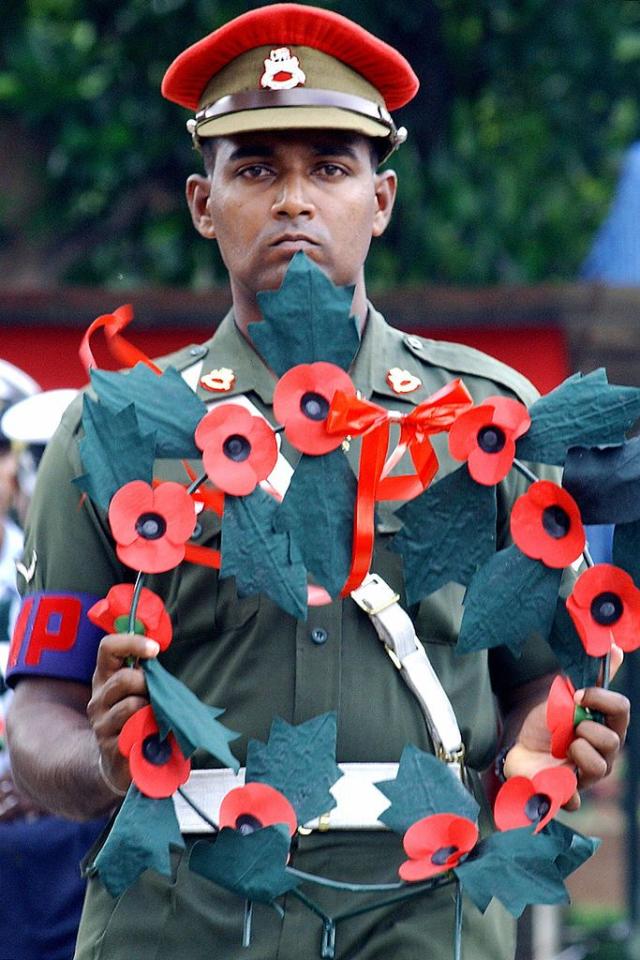Poppy Day / Veterans Day

If you’re a fan of the royal family, you’ve probably seen its members wear red paper flowers from time to time. But that floral pin is more than just a fashion statement—it’s steeped in significance.
Once a year in November, Brits (the Queen included) honor fallen troops by wearing a crimson poppy.

A century-old tradition, the flower has now come to symbolize hope and gratitude. But how did it get its meaning?

As the story goes, during World War I, after a particularly bloody battle in the fields of Flanders in Belgium, thousands of bright red flowers mysteriously appeared.

Poet John McCrae, a lieutenant colonel in the Canadian Expeditionary Forces, who had just lost a friend to the war, was so moved by this spontaneous bloom that he wrote a poem about the flowers’ resilience, titled “In Flanders Fields”.
In Flanders’ fields the poppies blow
Between the crosses, row on row, That mark our place: and in the sky
The larks, still bravely singing, fly Scarce heard amid the guns below.
We are the dead. Short days ago
We lived, felt dawn, saw sunset glow, Loved and were loved, and now we lie In Flanders’ fields.
Take up our quarrel with the foe;
To you from failing hands we throw The torch; be yours to hold it high, If ye break faith with us who die We shall not sleep, though poppies grow In Flanders’ Fields.

The 1915 poem was instantly popular, inspiring the Royal British Legion—a U.K. charity, which to this day supports veterans and their families—to sell 9 million handmade poppies on November 11. Thus began the “poppy emblem” and the first Poppy Appeal: a fundraising event to raise money for war vets, held each November in honor of Remembrance Day.
Similar to Memorial Day in the States, Remembrance Day, or “Poppy Day,” falls on November 11, and honors the lives and memories of fallen troops.

While the history of the poppy is clear, there’s an ongoing debate about how and when one should wear it. The flower is generally affixed to the left shoulder, to symbolize the act of keeping those who have passed close to one’s heart; the left shoulder is also where military medals are worn. That said, some insist that the poppy’s placement is dependent on gender, and women should wear it on their right side. But the Queen wears hers on her left shoulder, so we’ll just follow her lead.

The etiquette of when to wear the poppy is also unclear, and somewhat controversial. Many say the flower should be worn from October 31 on. Others claim that the emblem should be worn from November 1 until Remembrance Day. There’s also some speculation about whether the poppy should only be worn after Bonfire Night (a British holiday also known as Guy Fawkes Day, celebrated on the 5th of November).
While Poppy Day is primarily celebrated by residents of the U.K., other countries in the Commonwealth of Nations such as Canada, New Zealand, Australia, and South Africa acknowledge the holiday as well. Here are a few pictures of poppies from around the world:




Thank you, Katie Robinson of Town & Country for this wonderful explanation of the “red paper flower” which the Royals don to show their respect for and gratitude to the fallen.
We wish that there were poppies to buy here in the United States. Certainly, we would be donning them as well!
But today, here in the United States we set aside this day, November 11th, each year to honor with gratitude all those who have served in the armed forces. Some have given their lives in service to their country, all who have served have sacrificed so that we might enjoy the freedom we hold so dear. To those who have served us all we say “Thank you!”
We saw a photo of a sign the other day and wanted pass it on for you to contemplate on this Veterans Day. As they say, “A picture is worth a thousand words”. This happens to be a picture OF words and we think it is well worth repeating.









Comments are closed.